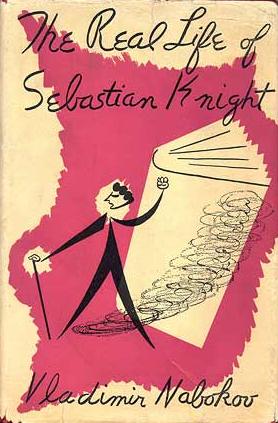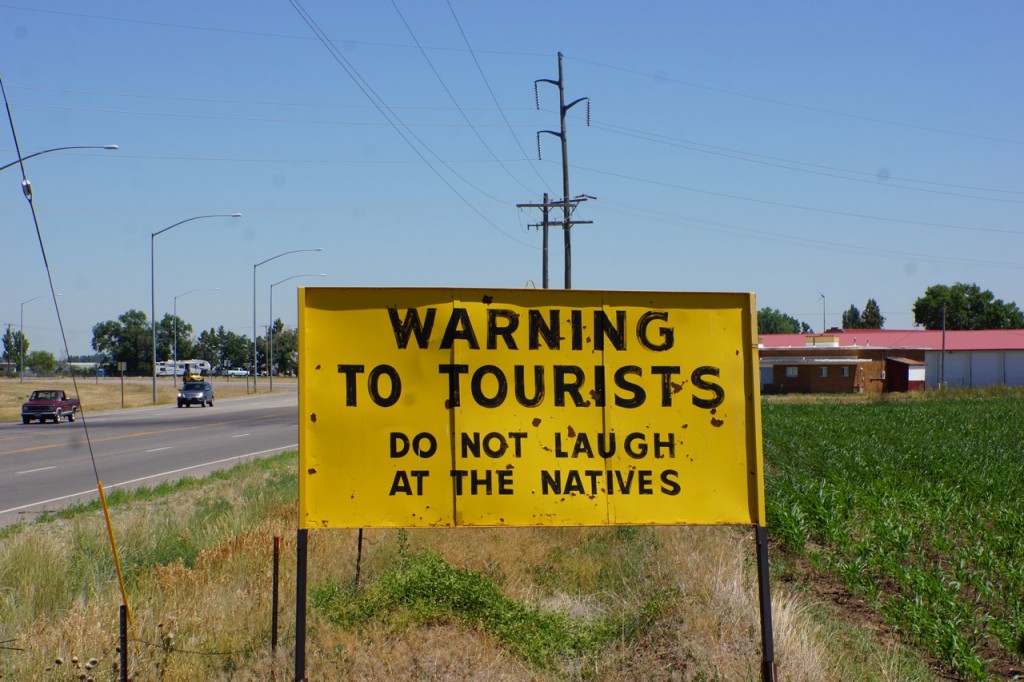So I’m juggling the reading of about six different books right now, for various reasons, including Stephen D. (I think the “D.” is important here) King’s When the Money Runs Out: The End of Western Affluence (which I should really blog about before the money runs out and we can’t afford our laptops to read blogs anymore, but I’m guessing there’s some time for that), Cormac McCarthy’s The Road (rereading to make sure I know what I’m talking about in class), and Dan Brown’s new novel, Inferno. I have my reading quirks, as I imagine others do, and am mainly reading this one during my daughter’s swim lessons, when I sit in the bleachers at the YMCA pool and have to kill some time. Brown should get some kind of odd trophy or award, which is usually reserved for films: The So-Bad-It’s-Good Award. Although even that label doesn’t quite do him justice. The writing is awful. Simply awful. Clumsiness, corniness, and sloppy language abound. But . . . the book is fun. It’s preposterous and diabolical and fun. I realized it’s a little like that Doomsday Preppers show on the National Geographic Channel: full of conspiracy theories and clumsy people trying to prepare for the apocalypse, but fun in its own weird way. Although I can’t stop imagining Tom Hanks with that creepish haircut as the main character, Robert Langdon, from the risible (I’ve been waiting to use that word) film version of Da Vinci Code.
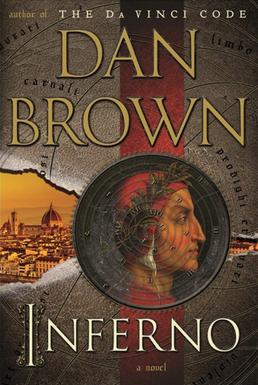
- October 2023
- September 2023
- September 2021
- April 2020
- September 2019
- May 2019
- August 2018
- February 2018
- January 2018
- October 2017
- August 2017
- June 2017
- May 2017
- March 2017
- February 2017
- November 2016
- October 2016
- May 2016
- April 2016
- March 2016
- February 2016
- January 2016
- November 2015
- October 2015
- September 2015
- June 2015
- May 2015
- April 2015
- March 2015
- December 2014
- September 2014
- August 2014
- May 2014
- March 2014
- February 2014
- January 2014
- December 2013
- November 2013
- October 2013
- September 2013
- August 2013
- July 2013
- June 2013
- May 2013
- April 2013
- March 2013
- February 2013
- January 2013
- December 2012
- November 2012
- October 2012
- September 2012
- August 2012
- July 2012
- June 2012
- May 2012
- April 2012
- March 2012
- February 2012
- January 2012
- December 2011
- November 2011
- October 2011
- September 2011
- August 2011
- July 2011
- June 2011
- May 2011
- April 2011
- March 2011
- February 2011
- January 2011
- December 2010
- November 2010
- October 2010
- September 2010
- August 2010
- July 2010
- June 2010
- May 2010
- April 2010
- March 2010
- February 2010
- January 2010
- December 2009
- November 2009
- October 2009
- September 2009
- August 2009
- July 2009
- June 2009
- May 2009
- April 2009
- March 2009
Recent Posts
- Aliens Among Us: Probing Hillbillies and Freaking Shut-ins, How Netflix’s “Encounters” and Hulu’s “No One Will Save You” Prep Us for the Coming Alien Apocalypse, Kind of
- My Life as a Bob Odenkirk Character: On How Watching Netflix’s Black Mirror episode “Joan Is Awful” Mimicked My Experience of Watching the AMC series Lucky Hank
- “Bobcats, Bobcats, Bobcats”: Animal Life and a Tribute to “Modern Family”
- “The North Water”: This Ain’t Your Daddy’s Moby Dick
- Day 25: On David Quammen's "Spillover": Terrific Book That Foretold Our Pandemic, Kind of
Recent Comments
No comments to show.
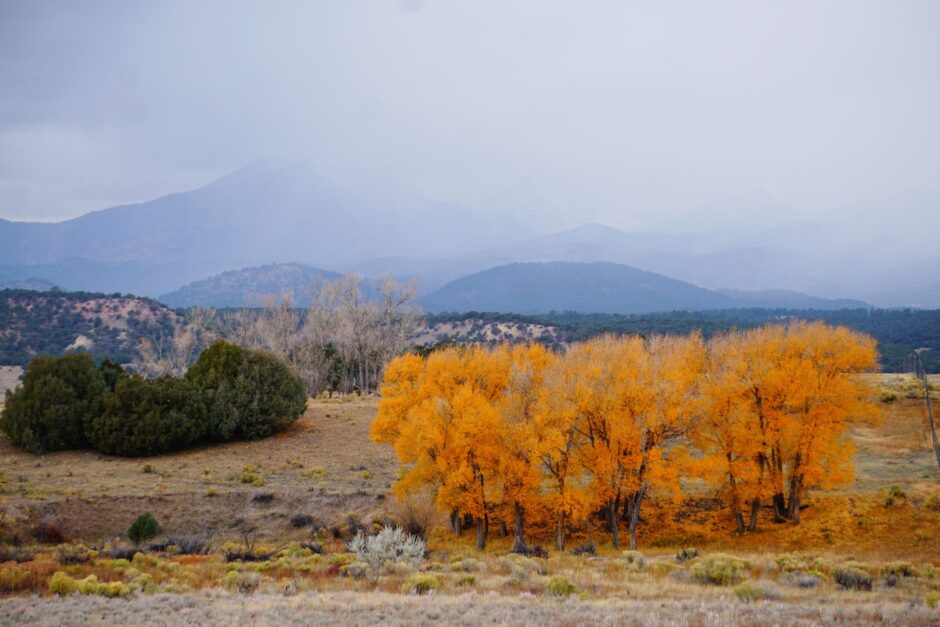
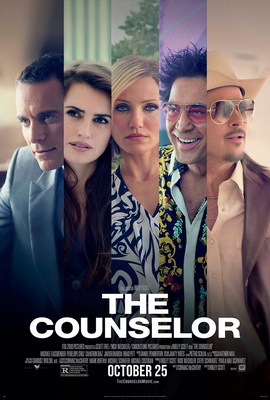
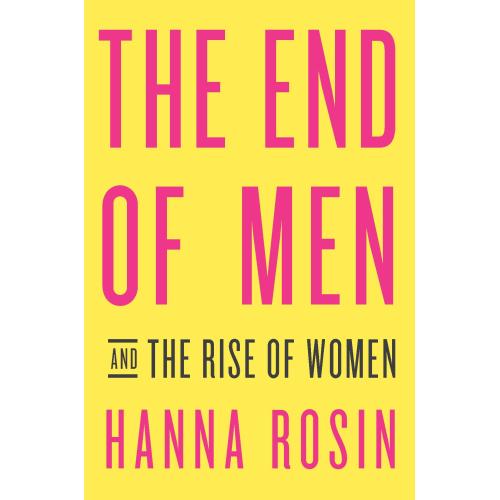

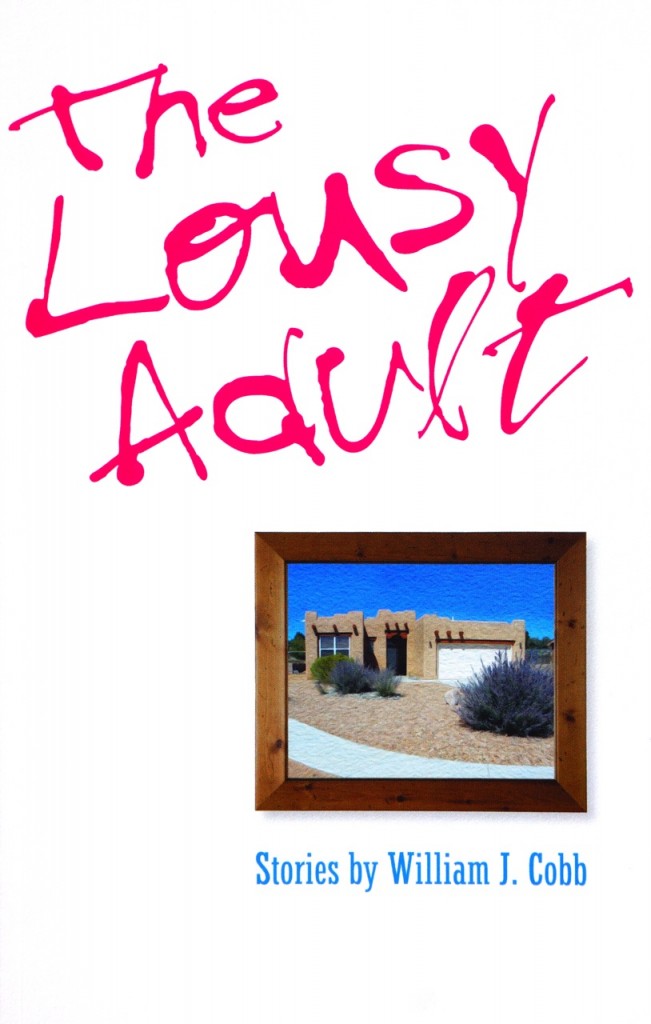
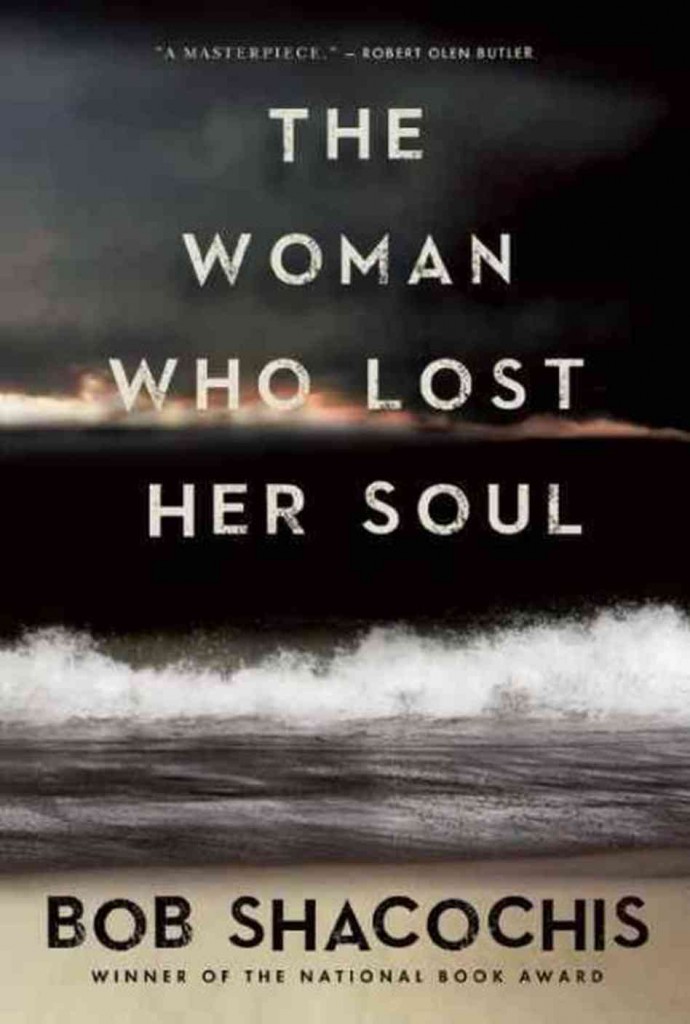
 I like the little dried-up puddle in the foreground, like an homage to the first paragraph of Vladimir Nabokov’s masterpiece Bend Sinister (1947), which has to rank as the No.1 best puddle description ever. It’s the first novel I read (at age 19) by him, and I’ve been a giddy Nabokov fan the rest of my life. In common parlance, “They don’t make ’em like that anymore.” If you haven’t read all of Nabokov’s fiction, drop whatever you’re doing and do so now. Here’s the cover of the first edition.
I like the little dried-up puddle in the foreground, like an homage to the first paragraph of Vladimir Nabokov’s masterpiece Bend Sinister (1947), which has to rank as the No.1 best puddle description ever. It’s the first novel I read (at age 19) by him, and I’ve been a giddy Nabokov fan the rest of my life. In common parlance, “They don’t make ’em like that anymore.” If you haven’t read all of Nabokov’s fiction, drop whatever you’re doing and do so now. Here’s the cover of the first edition.
